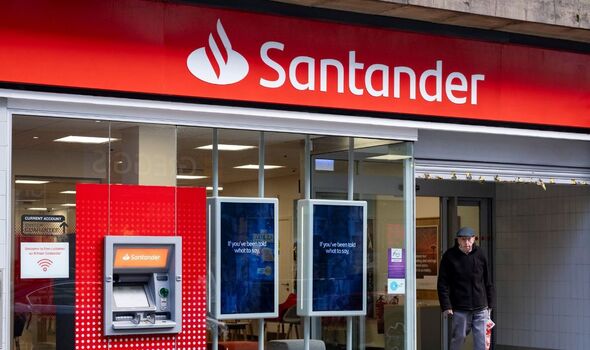Just how big is “Big Pharma”? Over half of Americans are on some kind of prescription medication. A study of 10 years’ worth of medical and health policy, published in JAMA last year, found that the U.S. spent $858 per capita on drugs in 2013, more than twice that of other industrialized countries. It gets even bigger when you consider all the intermediaries – the FDA, Pharmacy Benefits Managers (PBMs), insurance companies, physicians – between you and the pharmaceutical company that affect what you pay for a given drug. Mergers are common in the industry and occasionally get blocked by anti-trust legislation, as in Aetna insurance’s failed attempt to buy up fellow-insurer Humana Inc earlier in 2017. Now, Aetna is about to be swallowed up in one of the largest health care acquisitions ever, in a move that befuddles those in an already-chaotic industry. Aetna insures more the 46 million people in the U.S. – myself included. It, like many insurance companies in 2017, restricts benefits to certain providers and only covers prescriptions filled through certain pharmacies. CVS pharmacies, a PBM which claims to serve 5 million customers every day, just bought Aetna in a merger for $69 billion. News | CVS Health to Acquire Aetna; Combination to Provide Consumers with a Better Experience, Reduced Costs and Improved Access to Health Care Experts in Homes and Communities Across the Country https://t.co/owUz7E117t Which leaves me and many other customers wondering: How is it legal for the company that sells me my meds to own the company that is supposed to help me afford them? Supposedly, a combined insurer and PBM will actually be more powerful in negotiating prices down from pharmaceutical companies – but a PBM can simply pocket these savings and has little incentive to pass them down to consumers. Clearly not a conflict of interest. This announcement comes just a few weeks after President Trump designated Alex Azar, former U.S.-division president of pharmaceutical company Eli Lilly, his pick for Secretary of Health and Human Services. You know, the position which oversees the FDA, which in turn regulates the pharmaceutical industry? Again, absolutely no conflict of interest here. You could argue that as a former pharmaceutical tycoon, Azar knows better than anyone else the ins and outs of the industry. I can’t deny his expertise, but I’m skeptical of his dedication to consumers. Eli Lilly is actually one of three pharmaceutical companies charged in a January class action suit for price-fixing insulin at hundreds of dollars per vial. Oh, and January is the same month Azar stepped down as president of the U.S. division of the company. Insulin is one of those drugs that, if you’re a type-1 diabetic, you will die without. Many people have. If you haven’t heard the name Shane Patrick Boyle, you’ve probably heard of the man who died because his GoFundMe was $50 short of the $750 he needed for his next month of insulin. Boyle had moved to take care of his dying mother, lacked insurance or a job and was waiting for his ACA application to be approved. He died from the diabetic ketoacidosis he developed from trying to make what insulin he had lost longer than it could. Yes, Shane Patrick Boyle’s tragic story is real, via @snopes https://t.co/doiMYFLgPf #insulin4all #RIPShane pic.twitter.com/SBgqvAc8XZ Boyle’s GoFundMe garnered him much more press than most victims of the pharmaceutical industry, but his story has yet to appear in most major newspapers. Most stories of life-and-death struggles with pharmaceutical prices go untold, but there are plenty of them; 2012 research from the ADA suggests that there are 2 million adults under 65 who suffer from diabetes and are uninsured. As pretty much anyone who has received medical care knows, drugs aren’t the only treatments that are overpriced. Many hospitals mark-up service costs by as much as 1,000 percent, according to a 2015 study published in Health Affairs. The burden of these mark-ups falls disproportionately upon the uninsured, those forced to use out-of-network providers, and insurers like worker’s comp who are required to provide full compensation. I realize I’ve just thrown a lot of numbers at you, but I wish I had more. One reason it is so difficult to regulate the pharmaceutical industry is a lack of transparency – there is almost no published data tracking actual R&D costs and pricing decisions for drugs. This is, in part, due to the fact that drug prices are often based on what is sustainable and profitable in a given drug market, not the actual costs of development. Maybe the CVS-Aetna merger will turn out to be a sheep in wolves’ clothing, but I have about as much faith in CVS passing on negotiated savings to consumers as I have in Comcast’s pledge to provide equitable access if net neutrality gets killed. Corporations, especially those in extremely lucrative industries, have been proven again and again to act in their own self-interest up to and sometimes beyond the limits of the law. When consumers’ hands are as tied as they are in the pharmaceutical market, we must demand better of the government institutions designed to protect our interests in these markets. We pump more money into our health care system than any other country and still have over $40 billion in uncompensated health care costs in hospitals, 28 million uninsured citizens, and fixed drug prices that make life itself a luxury reserved for the wealthy. We need universal, affordable coverage and stronger anti-trust and anti-collusion enforcement. Cracking down on corporate greed and supporting preventative care – overlooked by many in an effort to save money, which unfortunately allows minor, treatable issues to become severe and expensive or impossible to treat – will help improve treatment access and reduce uncompensated care costs, a happy medium politicians on both sides of the aisle should be able to agree on.















